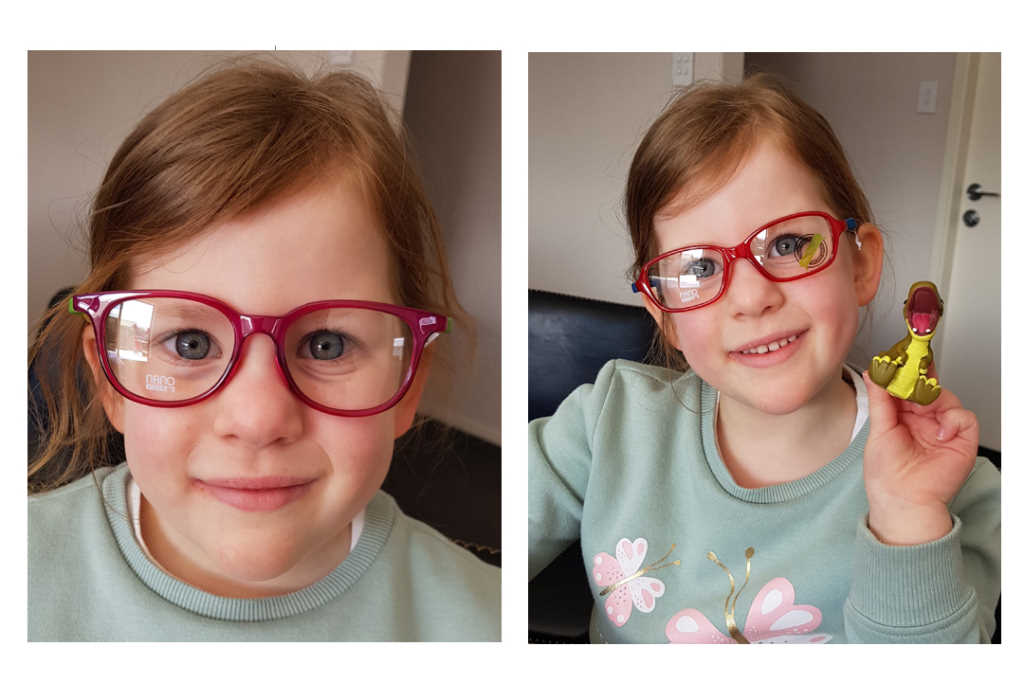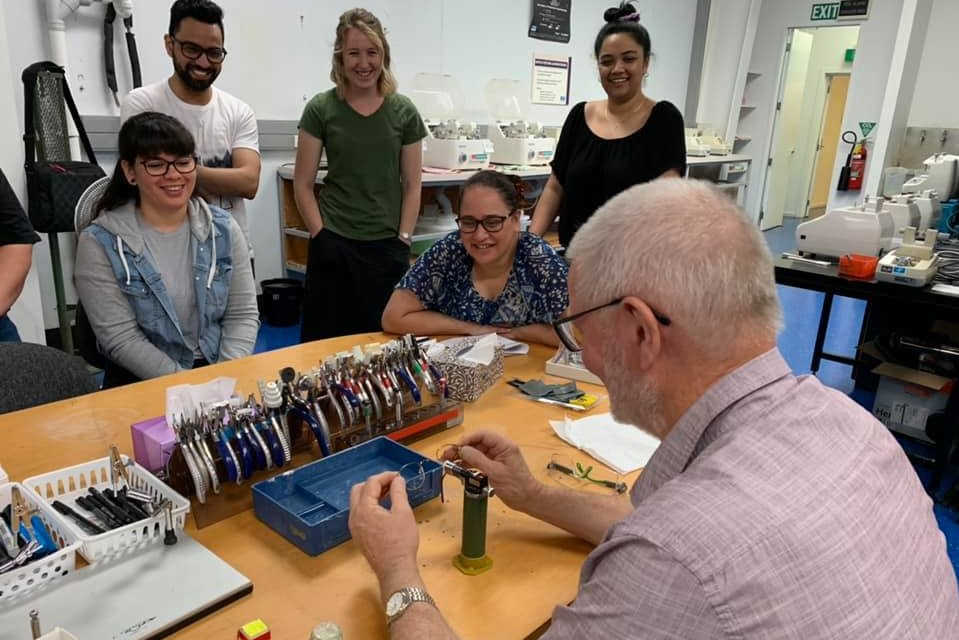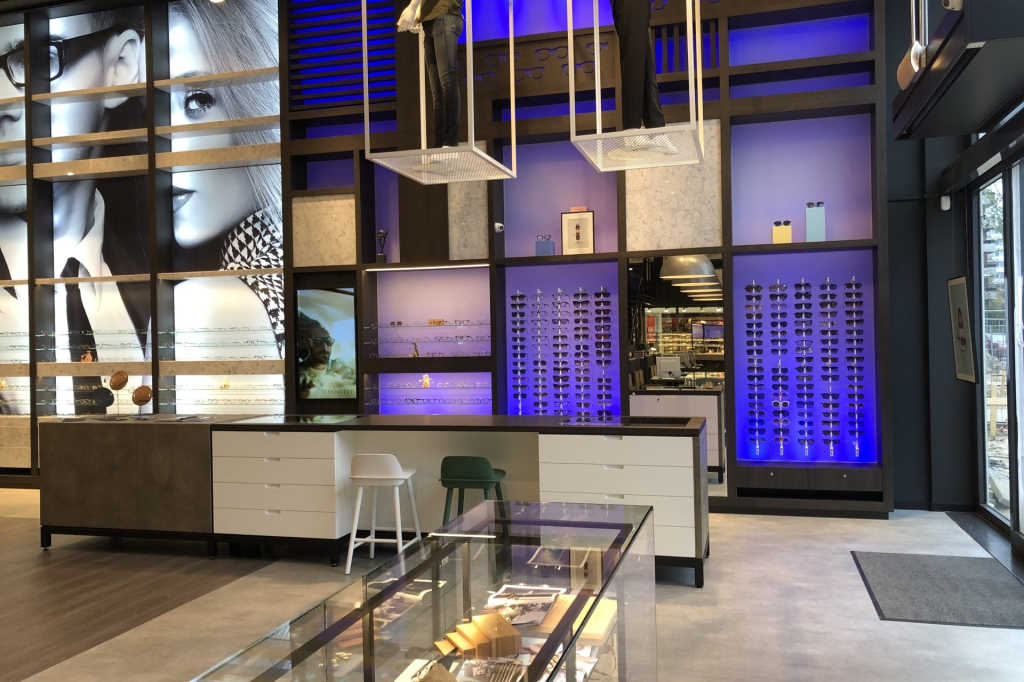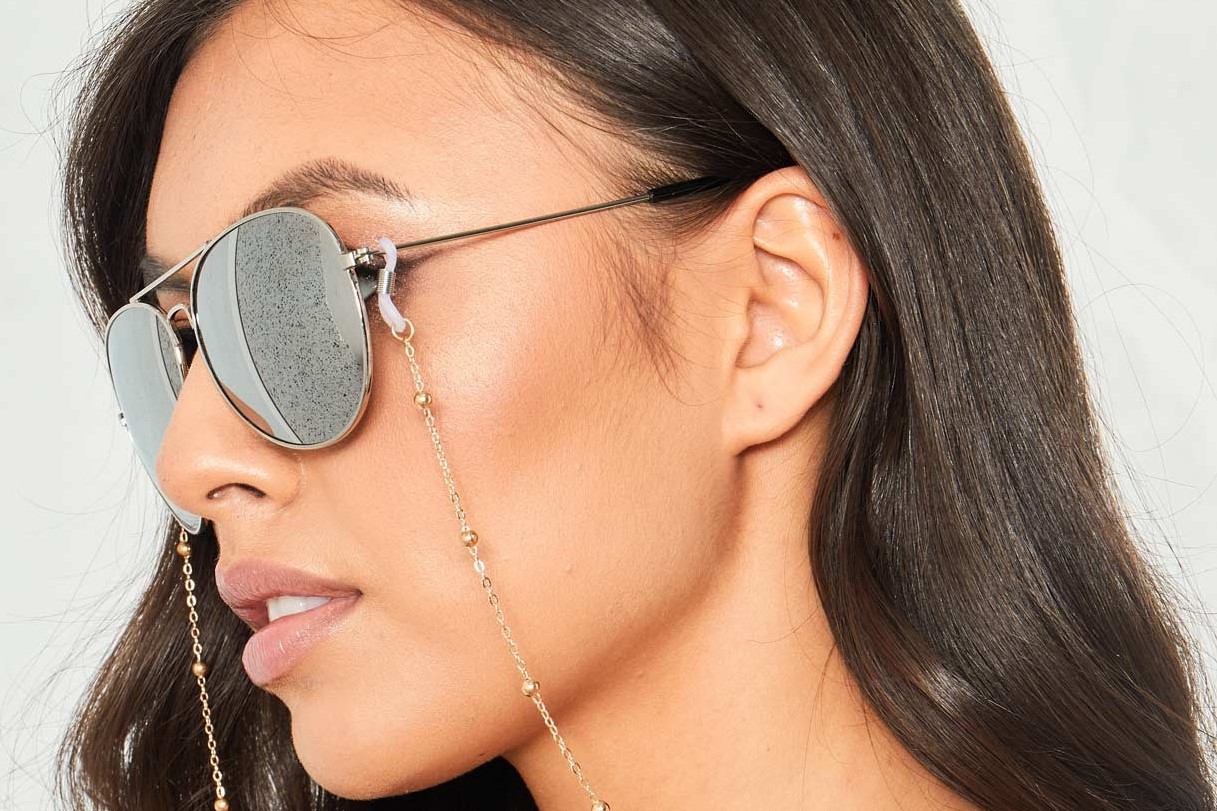Style eyes: helping men choose specs
Men can be a challenging section of your client population. On one hand, you have your reluctant shoppers; those who find it difficult to merely step through your doors (or are dragged over by their significant other!). There are those who are firmly stuck in a time warp and are highly averse to change. Then there are others who simply struggle to find a good fit due to having a particularly large or small face shape.
When it comes to dealing with your male clientele, it’s imperative you tailor your services to be as stress-free as possible to ensure a successful sale. To assist on that front, here’s what our experts in the field have to say about the best ways to cater for men in your store.
Start with your storefront
Dispensing optician Lucie Single, co-owner of both Visique Bennett and Pearson Optometrists Napier and Pearson and Hooker Optometrists Taradale, says the first step is to physically entice men through your doors. This starts with assessing your stock and displays.
“It’s important to have an easily identifiable area of the practice dedicated to men’s eyewear. As a male friend once told me, no guy wants to feel as if they’ve mistakenly wandered into the women’s lingerie department! Likewise, it shouldn’t be a woeful looking area with a tiny selection tacked on like afterthought, while the women’s area is exploding with colour and variety.”
Single says that while gunmetal grey is ‘universally an easy seller’, there’s nothing more uninspiring than a rack of men’s frames in monotone grey and black. She laments, “Why would someone feel inspired to change if all they’re being offered is the same old, same old?”
As well as paying attention to your in-store display, another important consideration is your shop window. This is usually your customer’s first touch-point. Are the displays truly men-friendly?
The reluctant shopper
When it comes to dealing with a reluctant male shopper, Single says frame selection often comes down to personality type.
“There is the ‘something like that will do’ bloke who points at a random frame and begrudgingly tries it on without even glancing in the mirror. Or there is the ever-popular ‘something like I already have is fine’ gentleman.”
Single says you can respond by simply handing them a carbon copy of their existing frame and calling it a day but probing further is better. She suggests starting with function rather than fashion.
“Ask them exactly what like about their current frame or what drew their eye to a particular model. They might think they want to stick with a minimal look but, in actual fact, they appreciate the lightness of the frame. Or maybe the skull grip temple fits well under their motorcycle helmet.”
Uncovering what features are important to them and their lifestyle allows you to establish trust and build rapport, Single says. Using this tactic clearly illustrates you’re taking a considered approach to the options you present, thereby creating a unique purchasing experience tailored to the customer’s specific needs.
Single says it’s also easy to overwhelm a reluctant shopper with too many choices, so start with just two or three options. Pick a frame similar to their current one but that still fits the function brief, then choose another that pushes the boundaries. If you don’t encounter any major resistance, offer up a wild card choice. It should be something they wouldn’t normally pick themselves, while keeping the status quo with the features they need. It might be a different colour that matches their skin tone, or an upgrade on the frame material. Be sure to explain your choice; be it why it compliments their skin tone or the advantages the lightness of the frame offers.
Lynley Matthews, co-owner of Matthews Eyewear, feels delving a little deeper with reluctant male shoppers has merits too. She finds many men appreciate the technology behind the product so advises appealing to this.
“Product knowledge is really important, especially explaining the manufacturing processes and what makes the product special. Try not to sell them a frame, instead get them sold on the story behind it. For example, explain that there are no screws holding the frame together on the IC! Berin specs or share with them the fact that the Fritz frames are handmade by a boat builder and can be customised in shape, size and colour.”
The time-warp shopper
When it comes to dealing with customers who choose the same pair of specs over and over again, no matter what the decade, ACOD director Chedy Kalach suggests appealing to the changing nature of the times.
“I tend to use examples like TVs, phones and so on. As technology changes, you don’t replace them with the same item, but an updated, advanced model. It’s no different with specs. Major improvements are made in terms of frames, materials and lenses over time.”
Matthews says a reluctance to change often comes down to a lack of confidence. She stresses the importance of making the customer feel comfortable and suggests taking the time to explain how the different frame shapes work with different face shapes, for example. “You can also point out that deeper frames, which happen to be trendy at the moment, give them a bigger window to see through. If they’re using multifocal lenses, this gives them a bigger intermediate and reading area, which is a bonus.”
Those with big or small faces
Being faced with a male customer that has a particularly small or large face shape can be a challenge, but Single says it all comes down to understanding your product and reviewing your current stock, imaging the face each frame would fit.
“We should all strive to create a size inclusive environment within our practices,” she says. “While frames that sit at the extreme ends of the size spectrum may not be the biggest movers, you just need to let them sit there for a while as they’re waiting for the right face to come along.”
When it comes to stock suggestions, Single recommends Prodesign from Eyesright, as well as Wayne Cooper from Dynamic, as they all have great size options. For the bigger lads, there is C-Zone’s new Trofy XL range.
Director of Phoenix Eyewear Mark Collman recommends brands such as CAT, Helly Hansen and William Morris, which all cater well for those needing a wider fit. On the smaller side, Collman suggests OMG, O’Neill, and Superdry, as well as Clark and Coliseum.
Paul Beswick, Dynamic Eyewear and Look Sharp Eyewear manager highlights Dutz Eyewear from the Netherlands and Oxibis from France. He says, “Both these collections are all about using colour. While the Kiwi bloke is generally nervous about too much colour, these designers are great at adding just a touch on the temples rather than on the frame fronts.”
Renee Lunder is an Australian freelance journalist and proud specs wearer.
























